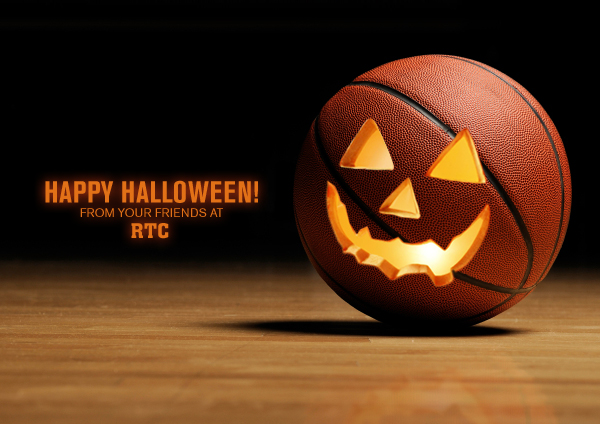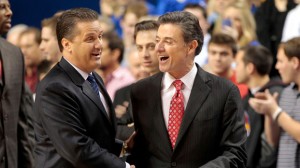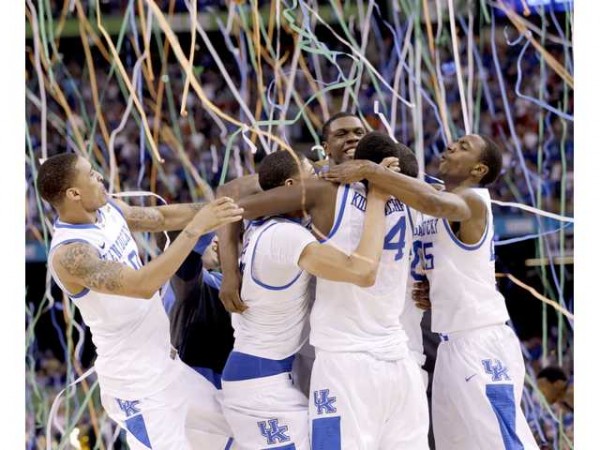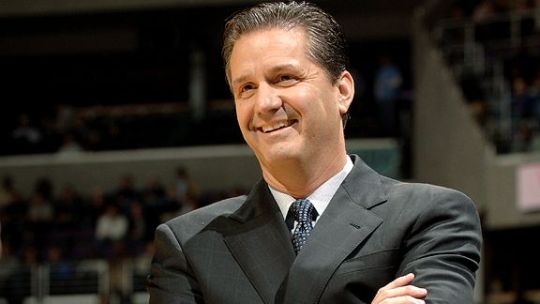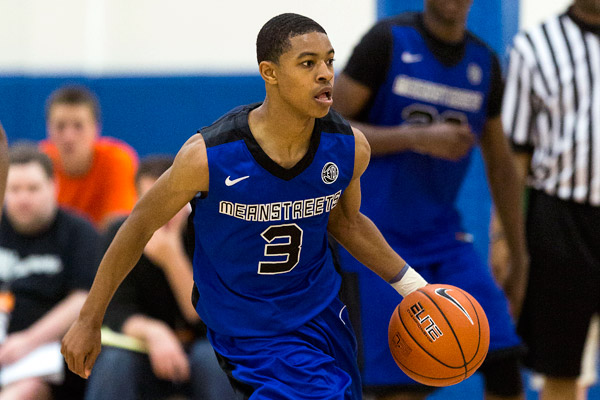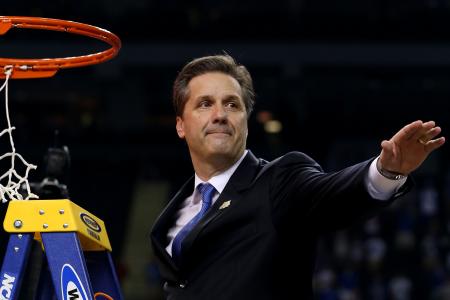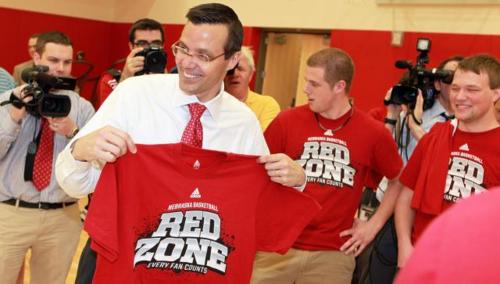Halloween Tricks and Treats For Hoops Fans Everywhere
Posted by rtmsf on October 31st, 2013As an army of ghosts, goblins, witches and werewolves prepares to descend upon neighborhoods from coast to coast, we thought it might be worthwhile to hand out a few tricks and treats of our own before the autumnal extravaganza begins in earnest this evening. We’ve got a basket full of goodies to give away, but not everybody in our neighborhood is deserving of the full-size candy bars and gummy worms we have in our cache. Some of the trick-or-treaters in College Basketball Nation are frankly more deserving of healthy sweets (yay, fruits!) and some brand-new toothbrushes. Let’s take a look:
TRICK: Our first trick goes to Ole Miss guard Marshall Henderson, who will receive a Costco-sized package of Dove from us this Halloween. With a mouth as profane as his, Henderson could stand to abide any good grandmother’s advice and wash his mouth out with a plentiful helping of soap. His act is one part entertaining and three parts tiresome, so let’s knock on wood to hope that he figures out a way this season to let his highly-impressive (and efficient) game do his talking.
TREAT: It’s still October, so we’re going to hand out treats in the form of a bag of candy corn (it’s striped, after all) to our intrepid game officials. The new rules instituted this offseason by the NCAA to eliminate hand-checking on the perimeter and bumping of cutters is designed to improve player movement and make the game more free-flowing. The NBA went through a similar transformation during the last five years, and the preponderance of open-floor offenses in the league has made the professional game a much better product as a result. Now, the zebras just need to implement it. Like we said, it’s still October.
TRICK: Some trick-or-treaters simply can’t get past others’ success, and they’re smaller for it. There’s no narrative more annoying in college basketball these days than the “[John] Calipari cheats” meme. The Kentucky head coach hasn’t always been an uber-recruiter (he had one legitimate NBA player in eight years at UMass), but he has always been a winner (at least in the college game). Yet many people in and around the sport simply won’t let go of the idea that he is some kind of masterful Dr. Evil on the recruiting trail, offering “one millllll-ion dollars” to the best prep talent the US has to offer. For these people, we’re giving out black licorice vines in the hopes that the candy stains their teeth as much as bitterness has stained their souls.





























